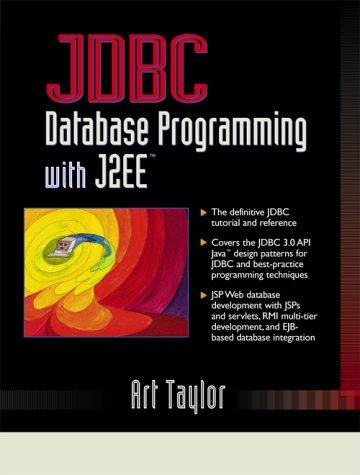Question
Theory: Pulse code modulation (PCM) converts an analog signal to digital format by three separate processes: sampling, quantizing, and coding. The analog signal is first
Theory: Pulse code modulation (PCM) converts an analog signal to digital format by three separate processes: sampling, quantizing, and coding. The analog signal is first sampled to obtain an instantaneous value of signal amplitude at regularly spaced intervals; the sample frequency is determined by the Nyquist sampling theorem. Each sampled amplitude is then approximated by the nearest level selected from a discrete set of quantization levels. Procedure:
1. Write the coding to encode an analog message as display in Figure 1. Run the coding, then record and observe the output.
2. Write the coding to decode the message as display in Figure 2. Run the coding, then record and observe the output.
3. Repeat step 1-2 for lower and higher sampling value by changing the value of frequency sampling, fs. Compare the output for encode and decode part with the result in step 1 and 2.
4. Repeat step 1-2 for lower and higher quantization steps by changing the value of quantization level. Compare the output for encode and decode part with the result in step 1 and 2.

1

Step by Step Solution
There are 3 Steps involved in it
Step: 1

Get Instant Access to Expert-Tailored Solutions
See step-by-step solutions with expert insights and AI powered tools for academic success
Step: 2

Step: 3

Ace Your Homework with AI
Get the answers you need in no time with our AI-driven, step-by-step assistance
Get Started


